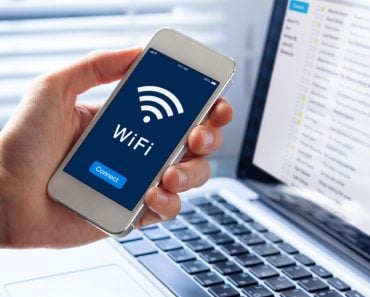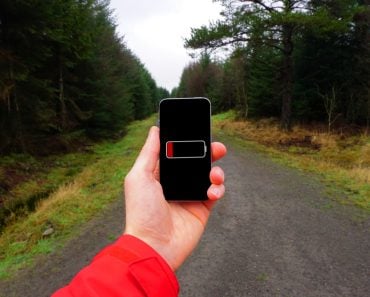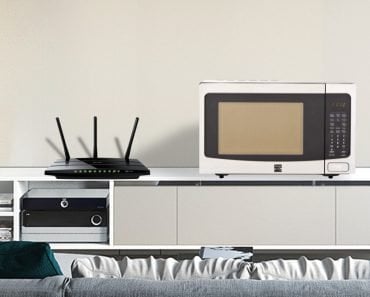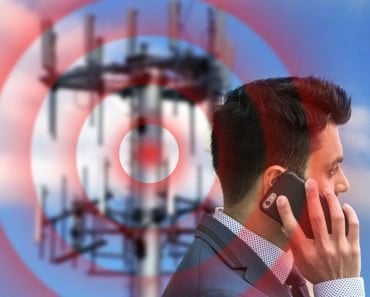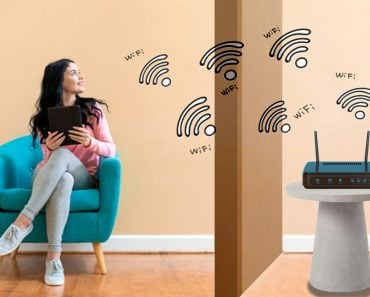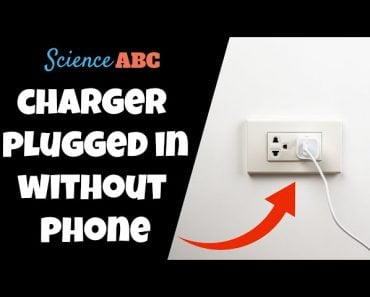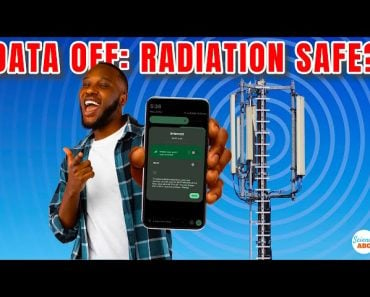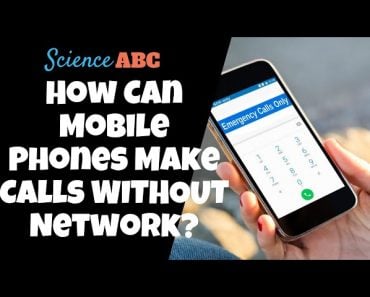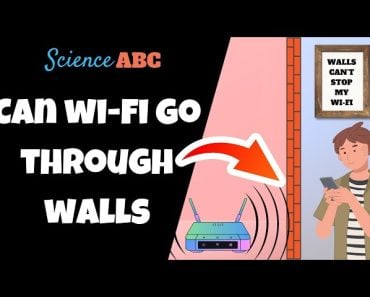Table of Contents (click to expand)
Mobile data drains more battery than Wi-Fi because a continuous cellular connection must constantly be maintained with towers quite far away.
Have you ever noticed that your phone’s battery drains faster when using mobile data than when connected to a WiFi network? Is there a correlation between battery drain and internet connection through mobile data versus WiFi?
Let’s find out.
Recommended Video for you:
Why A Network Connection Drains Battery
Data transmission is necessary when a phone communicates with other devices, whether it’s using wifi or cellular data. This transmission involves two processes: generating and propagating data and retrieving data.
To accomplish this, a transmitter and receiver antenna are used.
The transmitter consists of a long, thin conductor connected to an alternating current (AC) supply. When AC current flows, electrons begin to oscillate, causing the acceleration and deceleration of electric charges. This, in turn, produces electromagnetic (EM) waves that propagate in all directions. Data is transmitted in the form of EM waves.
On the other end, the receiver contains a long, thin conductor that absorbs energy from the EM waves when they strike the antenna. This energy causes the electrons to oscillate at the same frequency as the incident waves. The electronic oscillation creates an AC current in the receiving antenna, which is then converted to a suitable form, such as sound, video, or text.
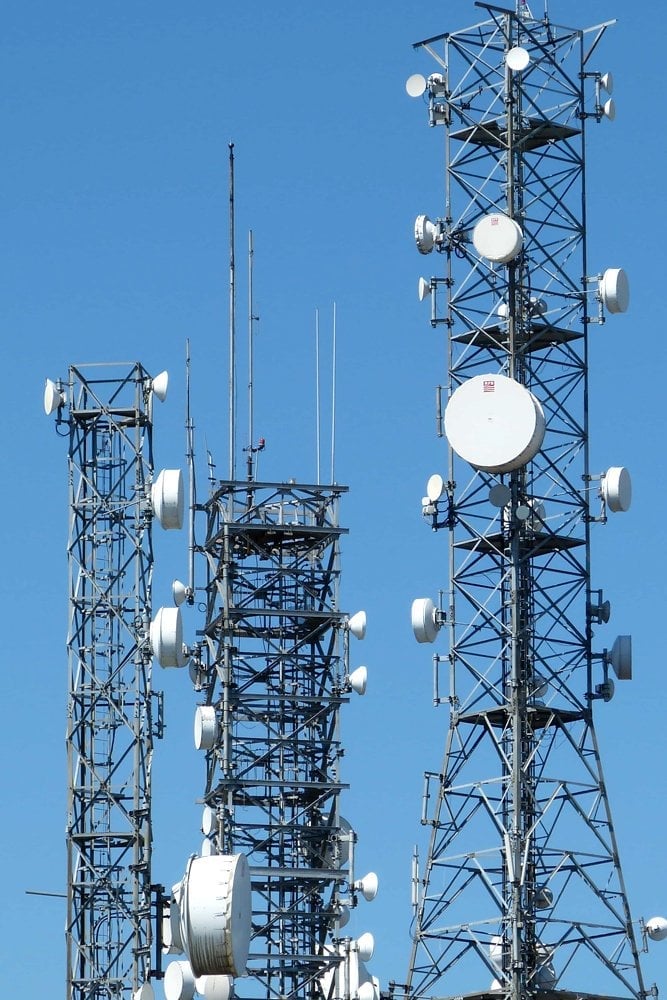
It’s important to note that energy is required for transmitting and receiving data, and the phone’s battery provides this energy. As the distance between the transmitter and receiver antennas increases, the power output at the receiver antenna drops by the inverse square of the distance from the transmitter.
This means that doubling the distance between the antennas reduces the power output by four times.
More power is required at the transmitter to maintain the signal strength, which results in additional battery usage.
Meta-Analysis: Wi-fi Versus GSM Power Consumption
To establish the disparity of power consumption between GSM and Wi-Fi, some typical usage scenarios were simulated in a study. These scenarios included emailing, downloading random data, and web browsing. The device used was OpenMoko Neo Freerunner. Two other devices, HTC Dream and Google Nexus One, were used to validate the initial observations on Freerunner.
Mobile data and Wi-fi were alternately used to perform the tasks mentioned above. The power consumed is measured by multiplying the voltage supplied and the current drawn during that specific task.
Emailing
The power usage for receiving and reading five emails and replying to two of them is as follows:
| GSM Power Consumed (mW) | Wi-Fi Power Consumed (mW) | |
| Email Over GSM | ~360 | ~5 |
| Email Over Wi-Fi | ~90 | ~100 |
| Aggregate | ~450 | ~105 |
When emails were sent over wifi, GSM consumed some power to keep the device connected to the cellular network. This power consumption was about 90 mW. When emails were sent over GSM, the wifi power consumption dropped to nearly nil.
Downloading Random Data
A 15 MB file was downloaded over Wi-Fi, and a 50 KB file was downloaded over GSM. It must be noted that the power consumed depends on the throughput (amount of data transferred per second) and is independent of the total file size.
| GSM Power Consumed (mW) | Wi-Fi Power Consumed (mW) | |
| Download Over GSM | ~640 | ~62 |
| Download Over Wi-Fi | <5 | ~720 |
| Aggregate | ~640 | ~782 |
The aggregate power consumed by Wi-Fi was more than that consumed by GSM. This was because the throughput for Wi-Fi was 660.1  36.8 KB/s, and for GSM, 3.8
36.8 KB/s, and for GSM, 3.8  1.0 KB/s. The former’s higher power consumption over Wi-Fi was explained by the greater power required to process downloaded data at a higher throughput.
1.0 KB/s. The former’s higher power consumption over Wi-Fi was explained by the greater power required to process downloaded data at a higher throughput.
Web Browsing
| GSM Power Consumed (mW) | Wi-Fi Power Consumed (mW) | |
| Browsing Over GSM | ~215 | <5 |
| Browsing Over Wi-Fi | ~70 | ~55 |
| Aggregate | ~285 | ~55 |
It is evident that browsing over GSM consumes more power than browsing over Wi-Fi. This is because a background connection to the cellular network is always maintained to receive calls and texts.
Summary
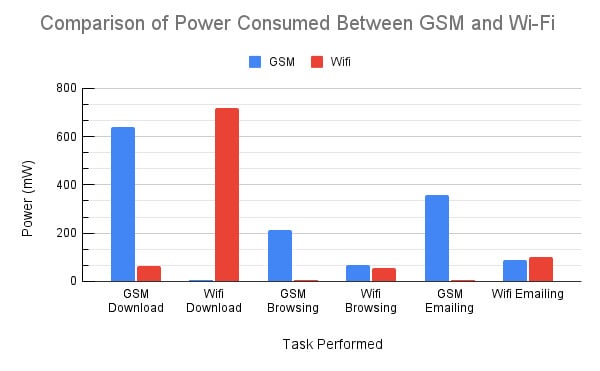
Energy Efficiency: GSM Versus Wi-Fi
The energy consumption and energy efficiency of GSM and Wi-Fi to stream videos were compared at different locations inside a university campus. The video was played at three different display qualities. Four locations were considered. The findings were as follows:
| Ew: Wi-Fi Energy Consumed (mJ) | Em: Mobile Data Energy Consumed (mJ) | Percentage Increase of Energy of Mobile Data over Wi-Fi | |
| QL 1 | 1859.44 | 2865.75 | 54.11 |
| QL 2 | 1247.41 | 2391.97 | 91.75 |
| QL 3 | 947.51 | 2090.59 | 120.64 |
| Aggregate (QL 1 + QL 2 + QL 3) | 4054.36 | 7348.31 | 88.82 |
Here, QL 1 boasts the highest quality, and QL 3 is the lowest.
For all quality levels, mobile data consumed more energy than Wi-Fi. The lower the streaming resolution, the greater the disparity. This is because lower-quality streaming requires less energy consumption, but the phone maintains a baseline cellular connection to receive texts and calls, which adds to the battery drain.
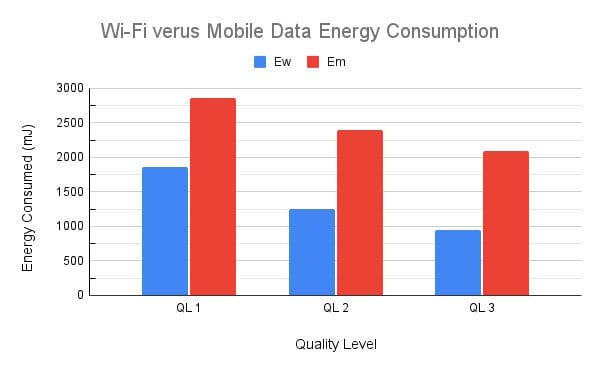
Conclusion
It is clear that mobile data consumes more energy than Wi-Fi in practical situations. This is because a cellular connection must always be maintained for calls and messages.
Furthermore, cellular towers are usually situated far away compared to Wi-Fi routers. In areas with weak cellular coverage, the phone receives a weak signal, which leads to increased effort to maintain the network connection. This effort results in higher power consumption.
Also, moving from one place to another requires the phone to switch connections from one cellular tower to another, contributing to battery drain.
In contrast, Wi-Fi routers are generally located within a range of 100 meters, which is significantly closer than the distances between cellular towers and phones. Since Wi-Fi connections are not necessary for calls and messages, the energy consumed by Wi-Fi drops almost to zero when not in use!
Last Updated By: Ashish Tiwari
References (click to expand)
- Zou, L., Javed, A., & Muntean, G.-M. (2017, June). Smart mobile device power consumption measurement for video streaming in wireless environments: WiFi vs. LTE. 2017 IEEE International Symposium on Broadband Multimedia Systems and Broadcasting (BMSB). IEEE.
- An Analysis of Power Consumption in a Smartphone.
- Smartphone Energy Drain in the Wild: Analysis and Implications.
- Lee, K., Lee, J., Yi, Y., Rhee, I., & Chong, S. (2013, April). Mobile Data Offloading: How Much Can WiFi Deliver?. IEEE/ACM Transactions on Networking. Institute of Electrical and Electronics Engineers (IEEE).

